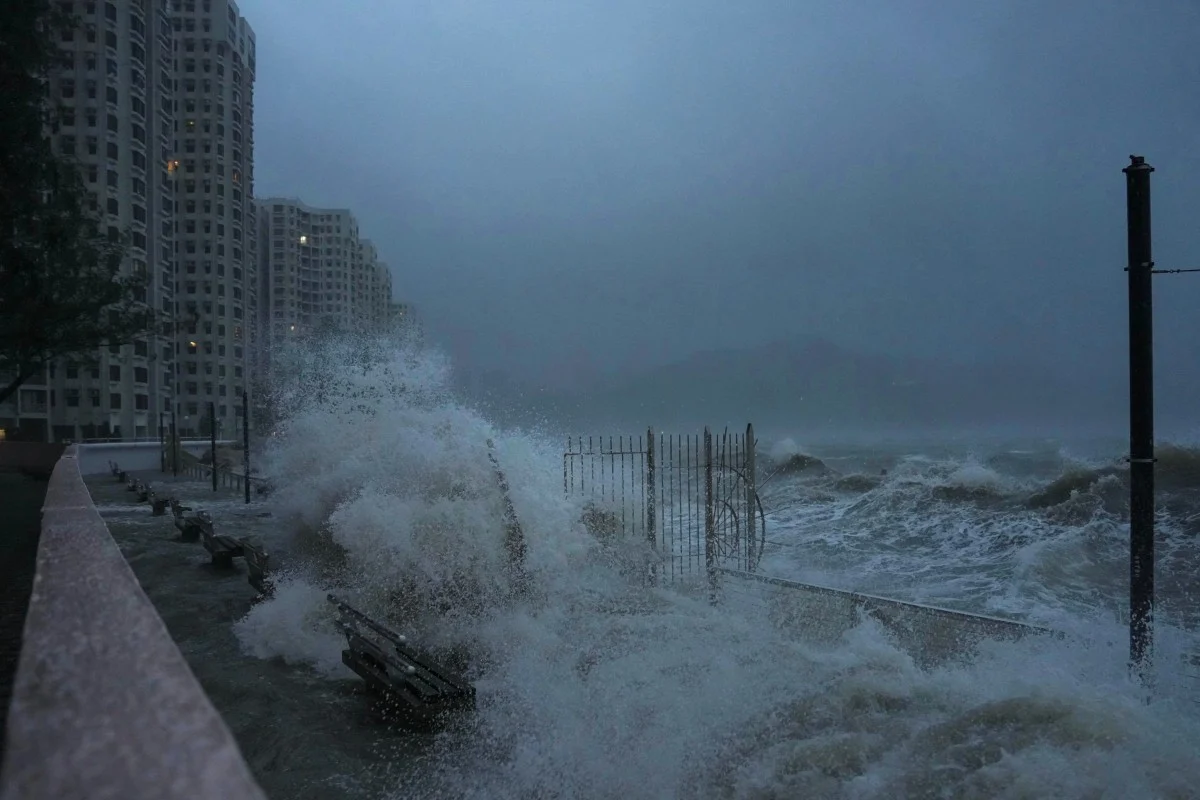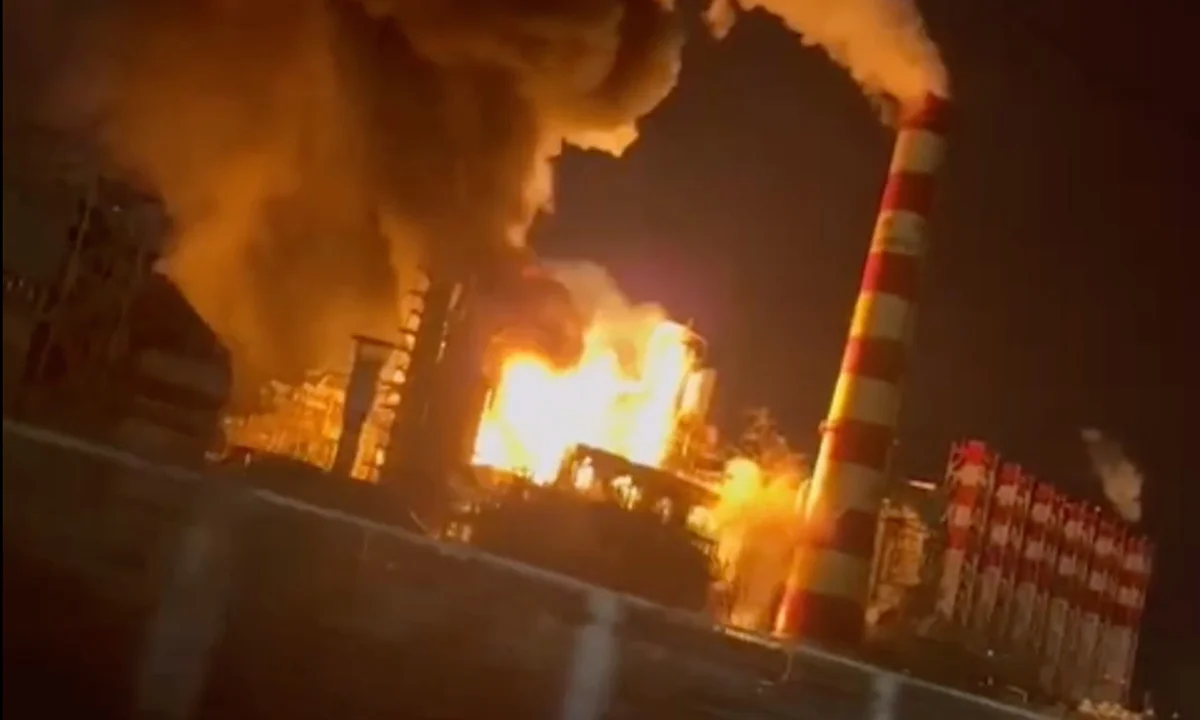Typhoon Ragasa, the strongest tropical cyclone of the year so far, has battered parts of East and Southeast Asia — causing widespread destruction, loss of life, and setting a challenging recovery ahead.
Path and Impact
- Ragasa struck the Philippines, Taiwan, Hong Kong, southern China, and most recently entered northeastern Vietnam where it has weakened into a tropical depression. Yet even in its weakened form, the storm continues to threaten with heavy rain, the risk of flash floods, and landslides.
- In Taiwan and the Philippines, Ragasa’s outer bands triggered deadly flooding and landslide events. In Taiwan, parts of eastern Hualien County suffered severe damage when a barrier lake overflowed, sweeping away a bridge and several vehicles. Dozens died or remain missing across these early-affected regions.
- Southern China bore the brunt of the storm at its strongest: Guangdong province reported massive power outages affecting hundreds of thousands of households. In cities like Yangjiang and Zhuhai, streets submerged, trees uprooted, and infrastructure was heavily damaged. More than two million people were evacuated from high-risk zones in Guangdong ahead of the typhoon’s arrival.
- Hong Kong and Macau saw intense waves, flooding, uprooted trees, displaced residents, damaged properties, and widespread disruption to transportation and public services.
Government Response and Preparations
- Authorities in southern China ordered evacuations, suspended flights, closed schools, halted businesses, and marshaled emergency resources in advance of Ragasa’s landfall.
- In Vietnam, where the storm weakened but still brings danger, the Prime Minister directed local authorities to safeguard critical infrastructure including dams and hospitals, protect coastal assets and fishing vessels, and prepare search-and-rescue operations.
- Officials canceled or rescheduled flights, removed tree branches that could fall, and mobilised response teams to protect communities in vulnerable areas.
Ongoing Threats
- Even though the typhoon has lost much of its wind strength, its rainfall remains a serious danger. Low-lying and mountainous regions in northern Vietnam are especially at risk of flash flooding and landslides.
- Another storm named Bualoi (called “Opong” in the Philippines) is approaching the Philippines and may later compound problems for Vietnam. Meteorologists warn that rainfall from both storms could overlap, increasing flood risk.
Human Cost & Challenges Ahead
- The death toll in Taiwan and the Philippines is significant, and many people are still unaccounted for. The loss of infrastructure — bridges, homes, roads — has displaced thousands.
- Power and communications outages in heavily affected areas continue to hamper relief efforts. Restoring services and ensuring safe access for emergency response teams remains a major challenge.
- In China, recovering from damage (both physical and economic) will be costly and time-consuming. Local officials say that roads, flood defenses, and urban drainage systems will face serious stress in the coming weeks.
Why Ragasa Stands Out
- Ragasa is being considered one of the most powerful storms of 2025. Its rapid intensification, wide impact area, and the number of people affected — both those evacuated and those subjected to damage — make it stand out among recent storms.
- The storm also underscores vulnerabilities in densely populated coastal and island regions, especially in the face of changing climate patterns which may make such super typhoons more frequent and severe.
Conclusion
Typhoon Ragasa has left a devastating footprint as it moves inland, weakening but not yet benign. Recovery will demand coordinated rescue efforts, infrastructure repairs, and robust flood-mitigation strategies. For many affected communities, the immediate danger is passing — but the path to rebuilding is just beginning.
















Leave a Reply